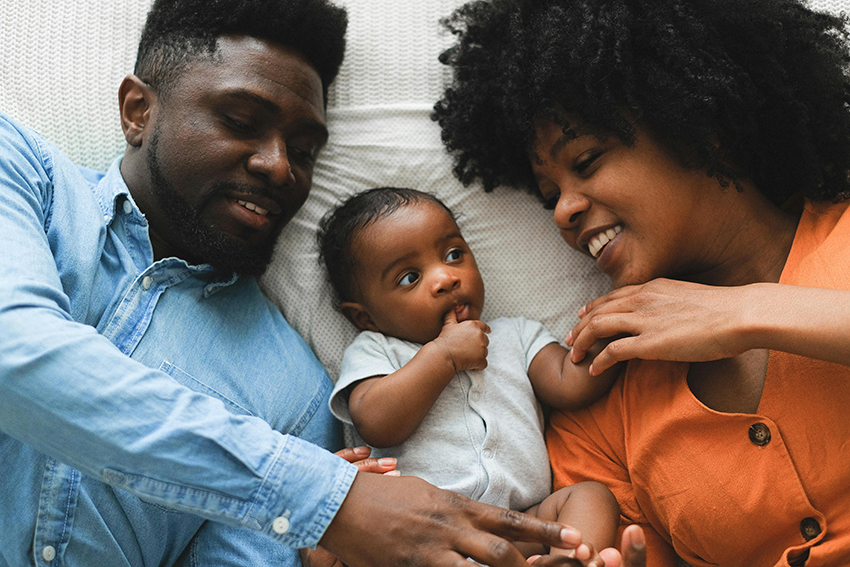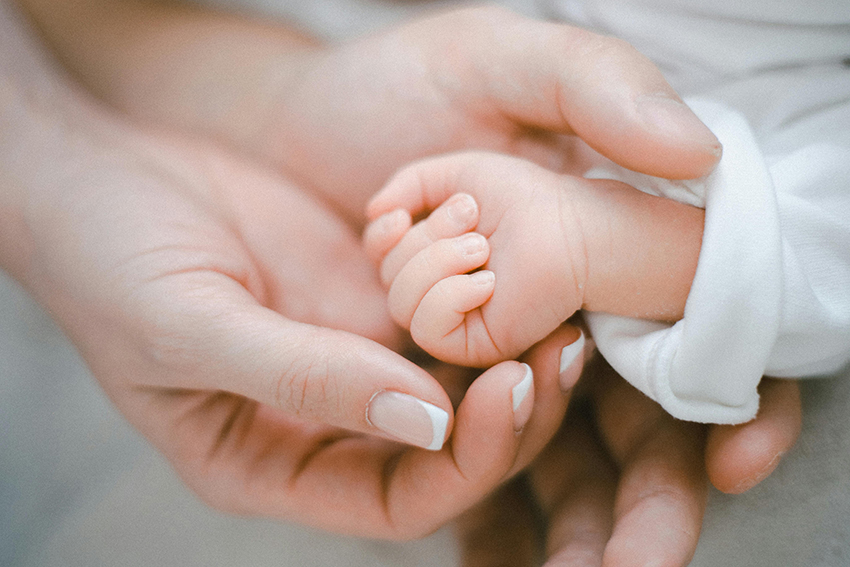Equal parental leave is crucial in promoting gender equality. If parenthood involves a mother and a father, then shouldn’t parental leave be for both mother and father? Going by the name, we would think of parental leave as maternity leave alongside paternity leave! But, in this age of gender equality, is paternity equal to maternity? Let us find out the reality.
What is parental leave?
Parental leave, which may also be known as maternity or paternity leave, is a form of leave granted to employees when they become parents through the birth or adoption of a child under the age of 16. This benefit can take the form of paid leave or unpaid leave.
The purpose of parental leave policies in Australia is to enable parents to bond with their newly born or adopted children. These policies encompass both maternity and paternity leave, although the specific terms and conditions may vary.
Is it taxable?
Parental leave can include: unpaid parental leave under the Fair Work Act (FW Act), government-funded Parental Leave Pay or employer-funded paid parental leave.
Parental leave payments in Australia are generally regarded as taxable income, subject to the same income tax regulations as regular salaries or wages. In the eyes of the Australian government, both Parental Leave Pay (PLP) and Dad and Partner Pay (DaPP) are considered taxable income. Consequently, these payments are factored into the income test for other government benefits, including both partners’ earnings from (PLP) and (DaPP).
Who is eligible to take parental leave?
Parental leave is generally available to eligible employees who have worked for the same employer for at least 12 months and have experienced a significant change in their employment, such as becoming a parent. Eligibility and leave terms differ based on employment agreements. Both mothers and fathers, including same-sex couples, may qualify for parental leave. Conditions and entitlements vary based on the system you will refer to, whether it is the Fair Work Act or your employment arrangements. For example, the Paid Parental Leave Scheme by Centrelink has its own eligibility standards and financial support criteria, including work and income prerequisites.

Parents taking care of their baby.
Source: Pexels.
Shared Parental Leave: Maternity Vs Paternity Parental leave centrelink, fairwork
The two systems work together to support parents in Australia. The Fair Work Act ensures job protection and access to unpaid parental leave. While the Paid Parental Leave Scheme, managed by Centrelink, provides financial assistance during this period. It’s important for parents to review the specific eligibility criteria and guidelines for both schemes to maximise their support during the parental leave period.
What is the difference between maternity vs paternity parental leave pay?
- Maternity Leave Pay: Birth mothers or adoptive mothers typically take this leave, which provides up to 20 weeks of paid leave at the national minimum wage rate. Partners or spouses may also take Maternity Leave Pay, but not usually at the same time as the birth mother.
- Paternity Leave Pay: Designed for partners or spouses, including same-sex partners, of birth mothers or adoptive mothers. Paternity Leave Pay offers up to 2 weeks of paid leave at the national minimum wage rate. This aimed at helping partners bond with the new child and assist with early parenting.
Paternity leave is generally not equal to maternity leave in terms of duration and eligibility. While both forms of leave aim to support parents, the duration and eligibility criteria differ, making paternity leave generally shorter than maternity leave.
Parental Leave Pay for a child born or adopted from 1 July 2023
Source: Services Australia.
Parental leave budget 2023
To bolster support for new parents and advance gender equality, the Australian government is allocating $531.6 million over four years, beginning in 2022–23, to strengthen and expand the Paid Parental Leave (PPL) scheme. This initiative aims to extend the maximum PPL duration for families to 26 weeks by July 2026. This will benefit over 180,000 families each year.
moving forward
To enhance equal parental leave and promote gender equality in Australia and worldwide, multiple actions can be taken. These include increasing financial support for both parents, ensuring accessibility. As well as raising awareness about the benefits of parental leave for fathers. On the other hand, addressing cultural barriers, and encouraging equal sharing of parental responsibilities are essential.
Added to that, we need support from employers in providing leave options, legislating equal leave opportunities, and promoting flexible work arrangements. Also, offering additional assistance to single parents, and fostering collaboration between government, employers, and non-governmental organisations. All these measures will contribute to greater gender equality within the workforce and society at large.

An adult and a baby’s hand.
Source: Pexels.
why Is it essential that we focus on maternity vs Paternity parental leave?
Prioritising both maternity and paternity parental leave is crucial for promoting gender equality and redistributing parenting responsibilities more equitably. Historically, mothers have predominantly shouldered maternity leave, perpetuating the traditional gender roles and impeding women’s career progression. Offering paternity leave motivates fathers to engage more in parenting, assist their partners, and challenge these gender norms. Furthermore, it facilitates mothers’ smoother return to work, propelling their careers. In essence, addressing both maternity and paternity leave is vital for establishing a more balanced and inclusive society.
achieving the United Nations Sustainable Development Goals (SDGs) and how they link to equal parental leave
Equal parental leave is linked to several United Nations Sustainable Development Goals (SDGs), Here are some of the key connections:
- Gender Equality (SDG5): Parental leave policies aim to reduce gender-based discrimination and promote gender equality. Parental leave policies challenge traditional gender roles, empowering women in the workforce and promoting men’s involvement in childcare.
- Decent Work and Economic Growth (SDG8): By providing job security for parents, preventing discrimination, and supporting work-life balance. This, in turn, can lead to economic growth by increasing female labor force participation and reducing gender wage gaps.
- Reduced Inequalities (SDG10): By offering parental leave to all parents, it helps reduce inequalities associated with parenting. Hence promotes inclusivity in the workforce.
- Good Health and Well-being (SDG3): Parental leave contributes to the well-being by allowing better care during early childhood. Added to that it can reduce stress, and enabling parents to bond with their children.
- Quality Education (SDG4): Parental leave can positively impact children’s educational outcomes by ensuring they receive proper care and support during their formative years.
A Thrivable Framework
THRIVE invests interest in issues fundamental to the integrity of our society. Apart from sustainability, this also means examining issues related to gender equality and traditional roles. Safeguarding human well-being in all domains is paramount to THRIVE’s mission.
To learn more about how The THRIVE Project is researching, educating and advocating for gender equity in the future beyond sustainability, visit our website. You can follow our informative, diverse blog and podcast series, and learn about our regular live webinars featuring expert guests in the field. Sign up for our newsletter to receive regular updates.























